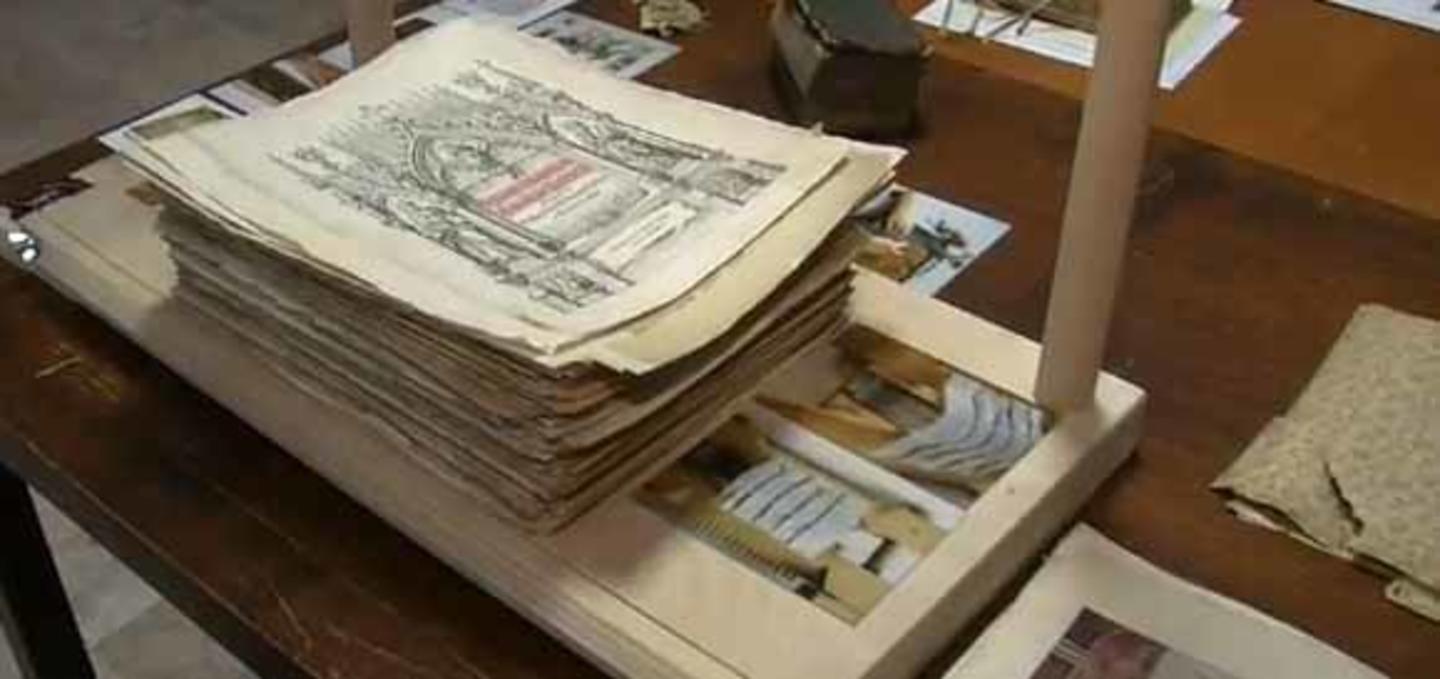Banská Štiavnica is a completely preserved mediaeval town in central Slovakia, with a mining history dating back to the Neolithic period. It is known for its status as a UNESCO-listed heritage site and for its Mining Museum, where artefacts related to mining heritage are preserved and displayed.
The artefacts had long been subjected to inappropriate storage and exhibition conditions with high levels of humidity and a bad indoor climate, causing the artefacts to degrade. Thanks to the support from the EEA Grants, appropriate display and exhibition conditions have been secured for more than 900 artefacts. 33 rooms of the Slovak Mining Museum – located in the Jozef Kollár Art Gallery, the Kammerhof and Berggericht buildings and the Old Castle – have been equipped with the latest air-conditioning systems, dehumidifiers, UV protection systems and alarm systems.
In addition, conservation works have been carried out on 36 stone epitaphs in the Lapidarium and on a number of Gothic and Baroque paintings and sculptures. A separate conservation workshop has been established for old prints and paper.
"This project is an example of how you can preserve cultural heritage and at the same time build a future by creating job opportunities and attracting more activity and visitors to the city," said Trine Skymoen, Norway's Ambassador to Slovakia, during a site visit in November 2009.
Photo: Klaudstudio.
